T4K3.news
West Nile testing in DC
DC announces positive West Nile samples in local mosquitoes as control efforts expand citywide through Oct 31.
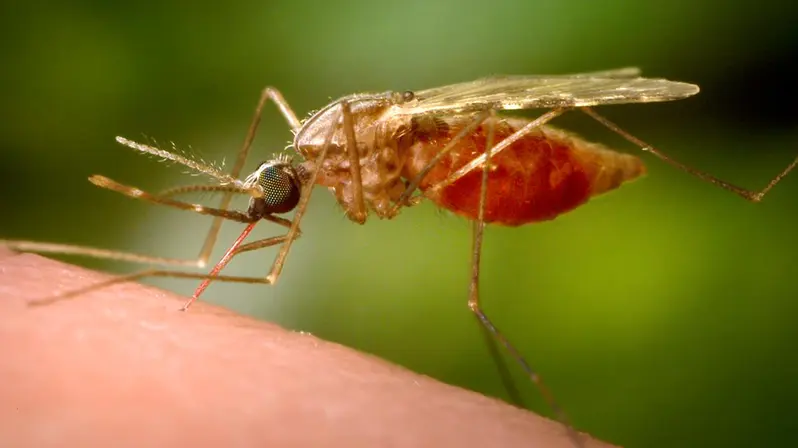
DC health officials announce positive West Nile samples in mosquitoes as citywide surveillance expands through October 31.
West Nile detected in DC mosquitoes across a ward
WASHINGTON — DC officials announced positive West Nile samples found in mosquitoes in Connecticut Heights. The DC Department of Health's Division of Animal Services said crews collected mosquito samples that tested positive for West Nile Virus. The department plans to survey neighborhoods across DC's eight wards through Oct. 31 as part of the summer mosquito control program. To curb the spread, workers will apply larvicide in catch basins and other standing water to target mosquito breeding at the source.
Traces of West Nile have appeared in the region this summer. In Hyattsville, Maryland, authorities sprayed permethrin-based insecticide in several neighborhoods. The DC program emphasizes source control by treating standing water, rather than relying solely on adult mosquito spraying. The CDC notes that West Nile can reach humans within two weeks of a bite; most infections are mild or asymptomatic, and a small share become serious. As of Thursday, the CDC had not confirmed any West Nile cases in humans in DC or Maryland for 2025, while 140 US cases have been reported nationwide, 82 of them neuroinvasive.
Key Takeaways
"DOH has conducted mosquito surveillance in your neighborhood"
Direct quote from the health department notice to residents
"The findings from mosquitoes collected have resulted in the identification of positive samples for West Nile Virus"
Direct quote from the resident letter about test results
"The CDC has not confirmed any cases of West Nile in humans inside D.C. or Maryland during 2025"
National context on human cases
The city leans into a hands on approach, focusing on larval control in catch basins rather than broad spraying. That signals a preference for preventive measures that reduce breeding grounds before adult mosquitoes emerge. Communication to residents is steady but technical, which helps avoid alarm while keeping people informed. The larger trend is a regional patchwork of surveillance and response that reflects how climate and urban infrastructure shape vector-borne disease risk. Public health work like this depends on both data and public cooperation, from drain any standing water habits to timely repellent use.
Highlights
- Tiny mosquitoes big city stakes this season
- Surveillance keeps what could spread in check
- Drain standing water to outpace West Nile
- Public health work is a quiet seasonal fight
Vigilant health work helps communities stay ahead of the season
Enjoyed this? Let your friends know!
Related News
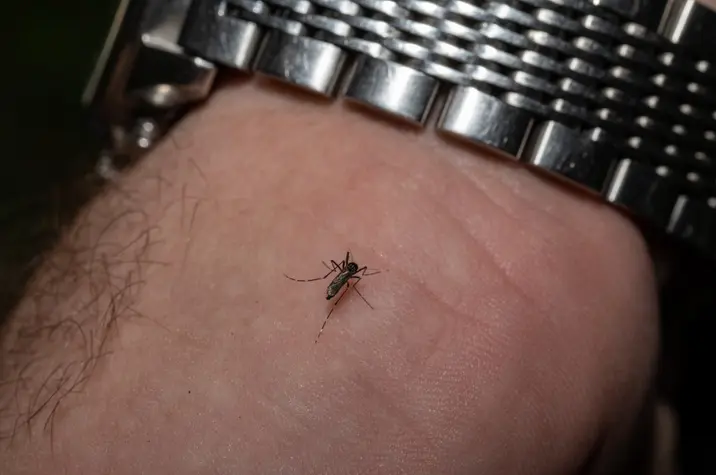
First West Nile death confirmed in Colorado
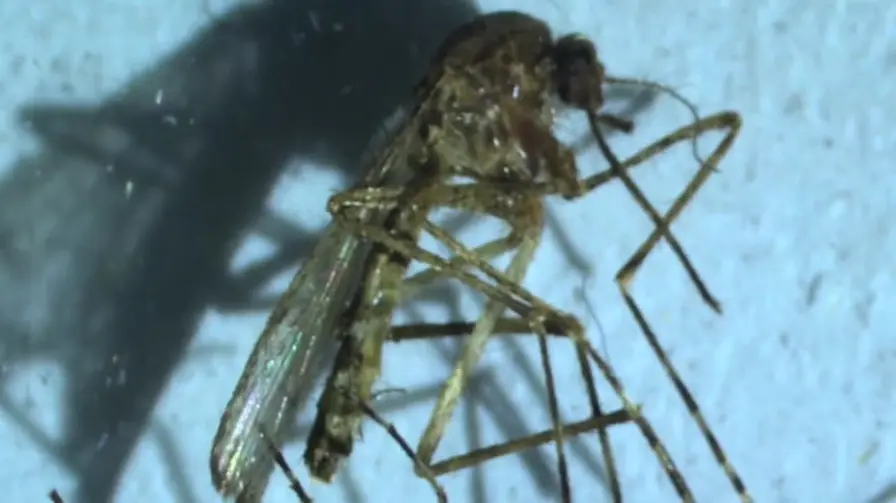
West Nile Virus cases rising sharply in Minnesota
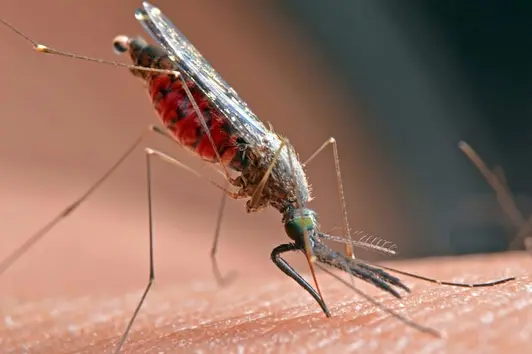
West Nile virus detected in Philadelphia mosquitoes

Westmoreland County reports mosquito and tick virus risks
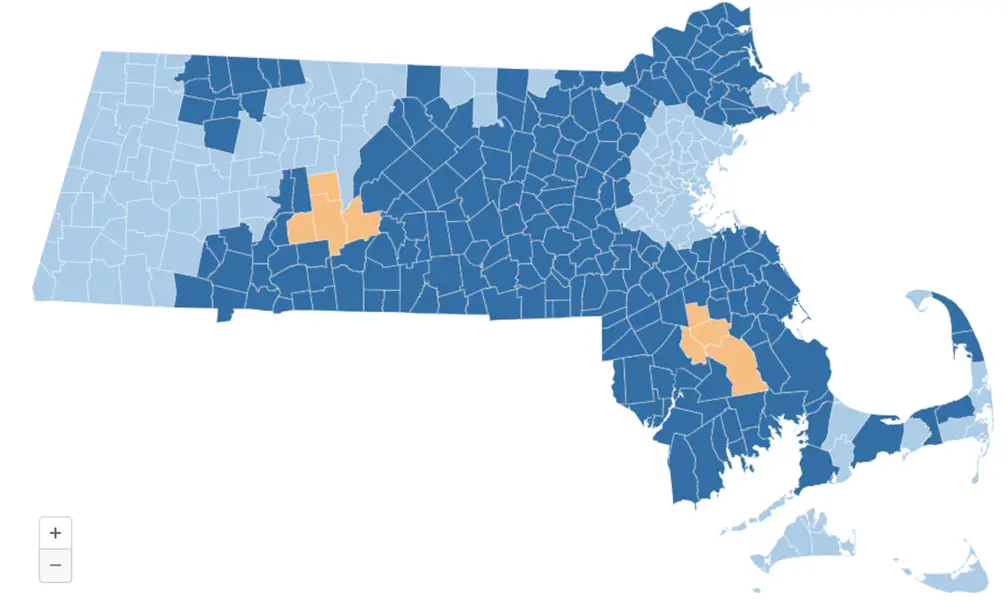
Massachusetts Maps EEE and West Nile Risk by Town
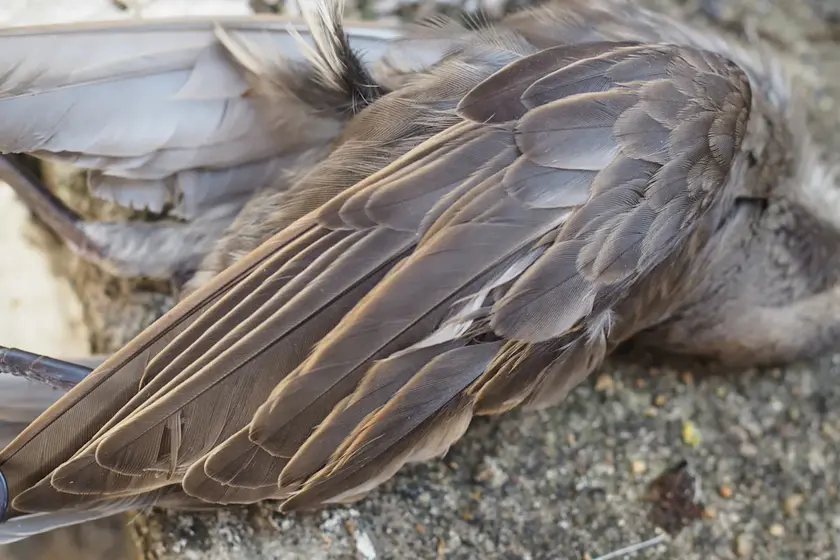
Three dead birds test positive for West Nile virus
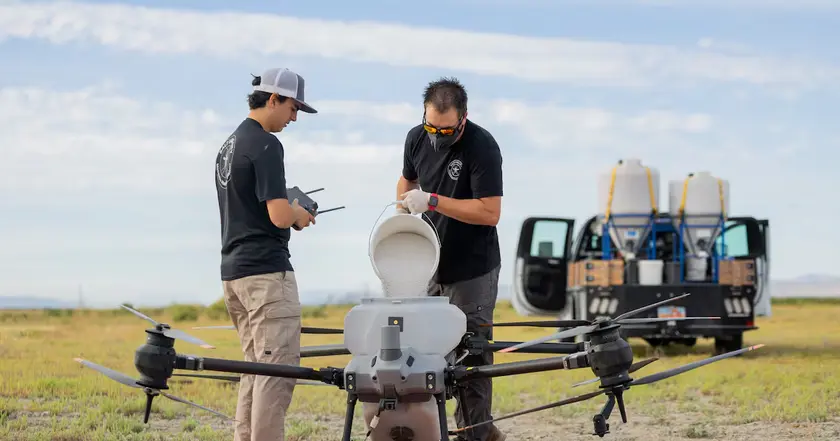
Drones deployed to curb West Nile virus in Utah
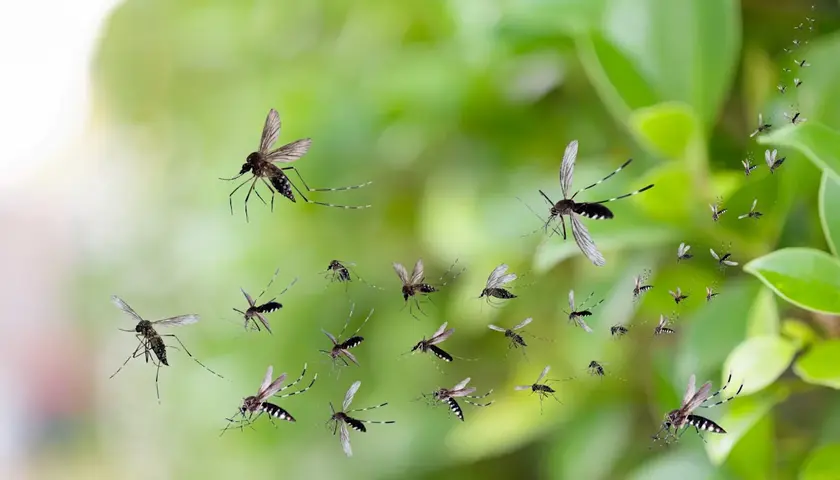
West Nile virus detected in Illinois mosquitoes
